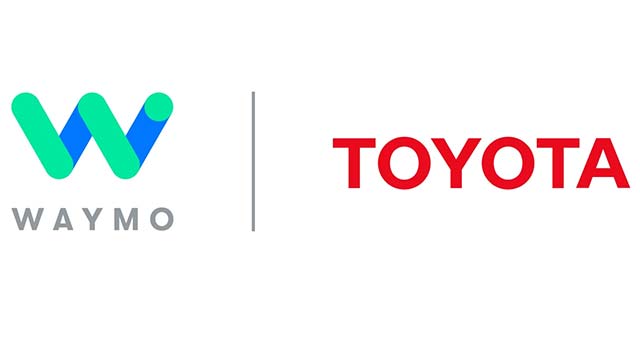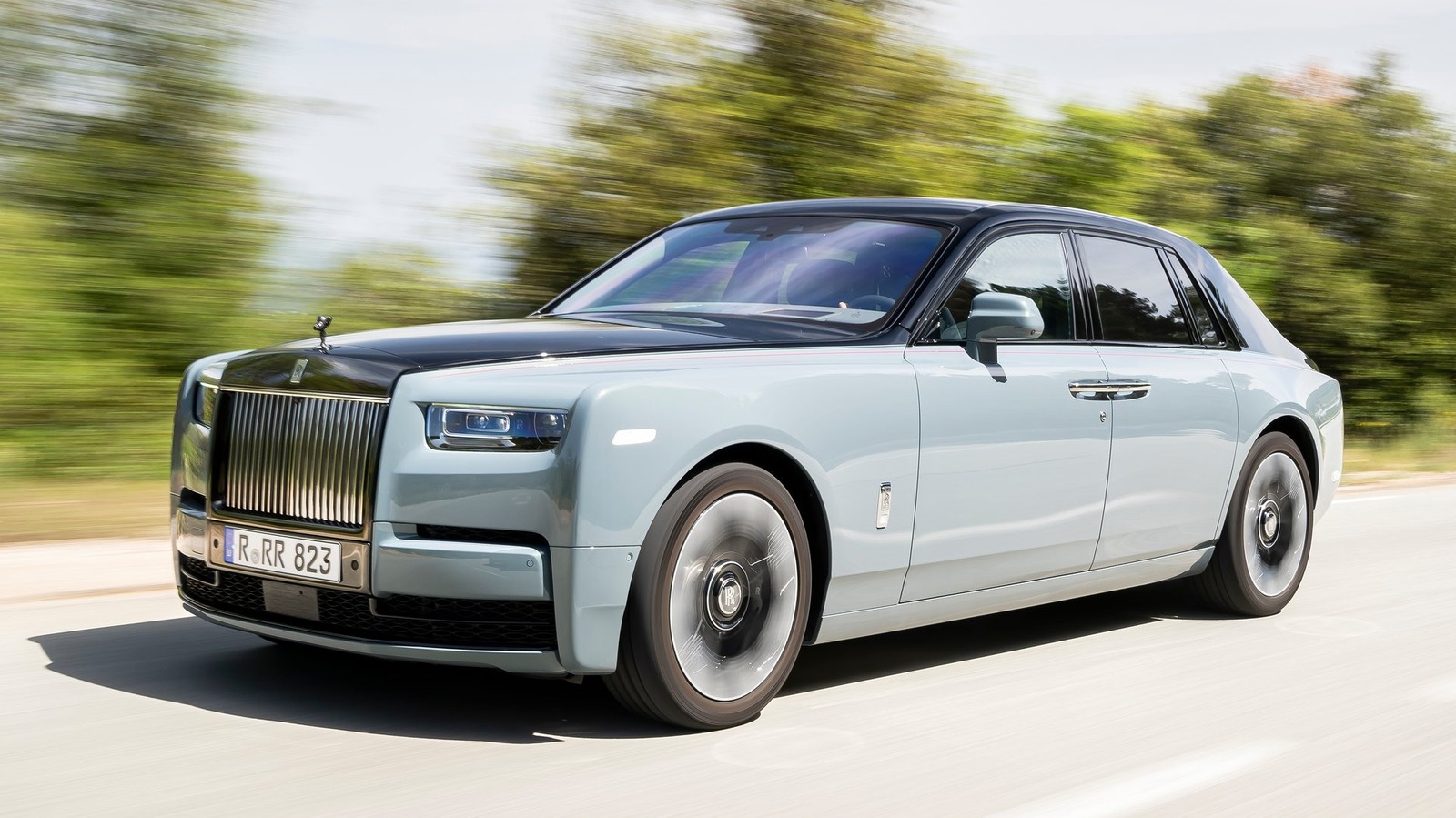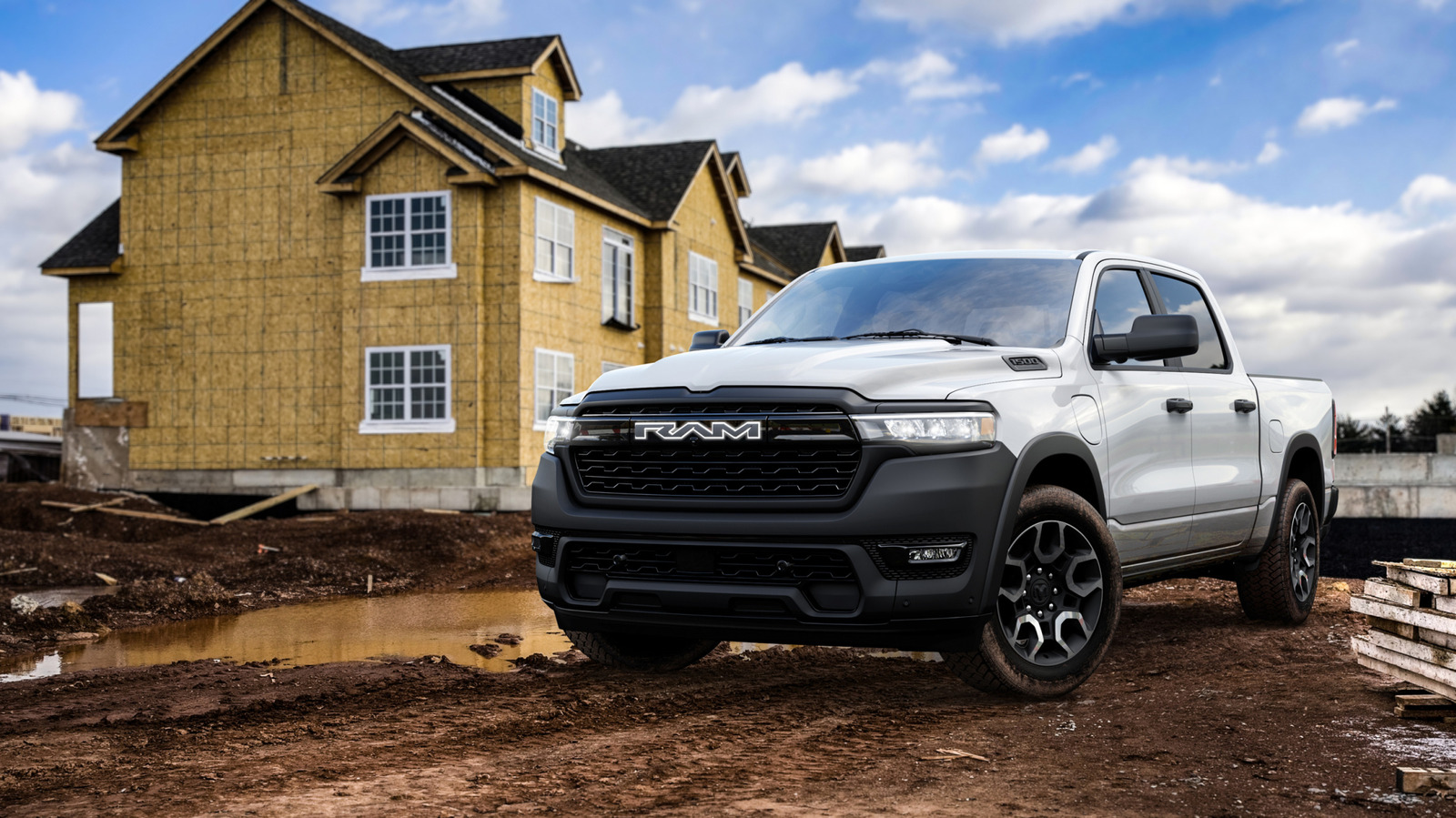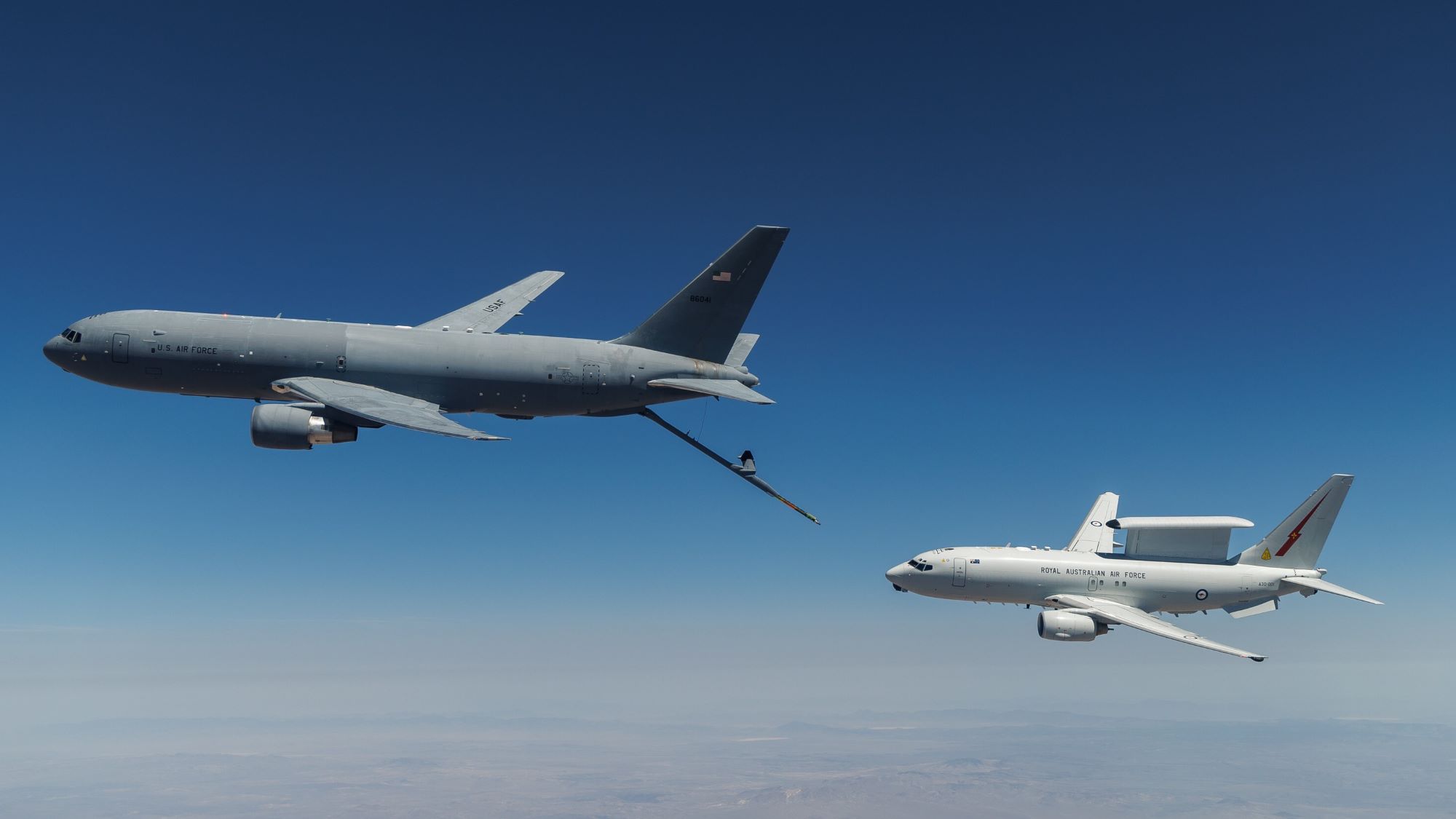From Driver to Business Owner – A Roadmap Snapshot
How do you get from running your truck to running your business? Find out in this Roadmap Snapshot. The post From Driver to Business Owner – A Roadmap Snapshot appeared first on FreightWaves.

You know how many truckers I meet every year who say, “I want to own my own trucking company”?
A lot.
You know how many of them actually make it past the first year without wanting to quit, lose everything, or go right back into the driver’s seat?
Not many.
And it’s not because they’re lazy. Not because they’re not smart. It’s because nobody ever sat them down and gave them a real roadmap. Not a motivational quote. Not a half-baked checklist. A real snapshot of what it takes to go from being a driver to becoming a true business owner.
If you’re a driver and you’ve got that itch—you know the one I’m talking about—this is for you.
You’re already out there grinding. You’ve got the experience. Now you just need the structure.
This article is the roadmap snapshot. Not the whole highway. But it’ll give you the first few exits and a reason to keep driving forward.
Step 1: Define the Shift
Let’s get this straight from the jump.
Being a driver and being a business owner are two entirely different games.
As a driver, your focus is:
- – On-time deliveries
- – Keeping the truck running
- – Logging hours
- – Fueling up and shutting down
As a business owner, your focus becomes:
- – Margins
- – Cash flow
- – Risk
- – People
- – Compliance
- And eventually… stepping back from the wheel
That shift doesn’t just happen because you bought a truck or got your MC number. It starts with how you think.
Drivers think in trips. Owners think in systems.
Until you adopt the mindset of someone who owns the result—not just executes the job—you’ll keep driving yourself into the ground trying to do both.
Step 2: Clean Up Your Personal Finances First
This is the part nobody likes to talk about—but it’s the most important.
Before you try to launch a business, take a hard look at your personal financial foundation. Why?
Because in the beginning, you are the business. And if you’re operating with:
- – Credit issues
- – No savings
- – No financial discipline
- – No monthly budget
…you’re building a business on top of a broken platform.
You don’t need a 750 credit score to start a trucking company. But you do need clarity. Know your:
- – Monthly expenses
- – Debt obligations
- – Available capital
- – Emergency savings cushion
Treat your personal P&L like you would treat your business books.
If your personal budget is leaking, your business will bleed the same way.
Step 3: Understand the Real Cost of Running a Trucking Business
Here’s what separates the hustlers from the owners: knowing your numbers before the truck hits the road.
You need to understand:
- – Cost per mile (CPM)
- – Breakeven point
- – Fuel cost per week
- – Insurance premiums (don’t assume quotes—go get real ones)
- – Registration and permit fees
- – Maintenance projections
- – Accessorial’s (tolls, factoring fees, ELD subscriptions, etc.)
- – Startup costs: LLC, MC/DOT, plates, trailer acquisition
Don’t just write this down. Build it out. Use a spreadsheet. Do the math.
One of our Playbook Masterclass students thought they could run a box truck for $1,500/week all-in. We ran the actual numbers, and the operating cost was closer to $2,250/week. They would’ve lost money on every load until they burned out.
Know the truth before the road shows you the reality.
Step 4: Decide Your Launch Path
Not everyone needs to jump straight into authority.
Here are three realistic entry lanes depending on where you are financially and mentally:
Option 1: Lease-On to an Established Carrier
Best if you’re tight on capital, need insurance coverage, and want to learn systems before owning your own. You’ll give up control, but gain some infrastructure.
Watch out for: predatory leases, unclear settlements, and dispatchers who treat you like just another number.
Option 2: Buy a Truck, Lease-on Your Equipment
You control your asset but lease it onto a carrier who provides freight and infrastructure. This can be a good transition if you’re operationally ready but not administrative-savvy yet.
Option 3: Go Fully Independent (Get Your Authority)
Maximum control. Maximum risk. Maximum reward. But only pursue this if:
- You have at least 3-6 months of operating capital
- You’ve mapped out your lanes and rates
- You’ve practiced broker negotiation and load acquisition
If you don’t have a strong mentor or program guiding you, don’t rush into this.
Step 5: Create Your Operating Game Plan
You wouldn’t start a route without a GPS. So don’t start your business without a 90-day operating plan.
Here’s what to include:
- – Weekly revenue target
- – Load type preference (no, you don’t do “whatever pays”)
- – Preferred lanes and backup markets
- – Load board subscriptions
- – Factoring setup
- – Accounting system (QuickBooks, spreadsheet, or bookkeeper)
- – Maintenance intervals
- – Escrow savings goal
- – Emergency response plan (if truck breaks down)
We walk through this step-by-step inside the Playbook Masterclass. Most of our students use this to secure their first direct lane before they even hit month 6.
Step 6: Build a Brand, Not Just a Business Name
Stop thinking like a trucker with a truck.
Start thinking like a business with a brand.
That means:
- – Having a business email (not Yahoo or Gmail)
- – A clean, basic website
- – A well-built carrier packet
- – A Google My Business profile
- – Simple, professional logo and MC/DOT listed on company assets
When a broker, shipper, or even a potential driver sees your name, they need to know you’re real. You’re serious. You’re organized. You’re not some fly-by-night authority that won’t be here next month.
Brand is trust. Trust leads to freight.
Step 7: Don’t Buy the Wrong Truck
This is a whole Masterclass lesson in itself—but here’s the condensed version.
The “best” truck for your business depends on your business model—not what you see on TikTok or what your cousin says is “a deal.”
Questions to ask before you buy:
- What lanes am I running?
- What freight am I targeting?
- Do I have access to parking for this size equipment?
- Can I get parts easily for this make/model?
- Will I need a CDL to run this legally?
- Will a driver want to drive this?
Example: You might think buying a sleeper cab is smart because it’s “more versatile.” But if all your target freight is local or within 300 miles, you just bought fuel waste and extra length for no reason.
Buy the truck that fits the plan. Not the hype.
Step 8: Learn How to Lead Before You Hire
If your long-term plan involves adding drivers, you better start working on your leadership muscle now.
Drivers don’t leave jobs—they leave poor leadership.
Ask yourself:
- Can I clearly explain expectations?
- Do I have policies in place (home time, pay, behavior)?
- Do I know how to resolve conflict professionally?
- Am I prepared to coach, mentor, and develop people?
When you shift from being the driver to being the visionary, your people will reflect your strengths—or your weaknesses.
Start building your company culture before you hire your first employee.
Bonus Step: Join a Real Community
This journey gets lonely real quick.
That’s why we created the Playbook Masterclass. It’s not just for folks who already have fleets. It’s for those transitioning from the seat to the systems. From hauling freight to building structure. From stress to strategy.
We’ve got drivers in the program right now working on:
- – Their first 90-day business plan
- – Their first carrier packet
- – Their first cold call
- – Their first direct lane
- – Their first hire
And they’re not doing it alone. Because when you surround yourself with people who are playing the same game, the whole thing moves faster—and smarter.
Final Word
Let me leave you with this:
The moment you decide to go from driver to business owner, your job changes. Your habits change. Your priorities change.
You’re no longer just responsible for a load. You’re responsible for:
- – The numbers
- – The people
- – The process
- – The growth
- – The future
And you don’t have to be perfect. You don’t have to have it all figured out.
But you do have to be committed.
If you’re ready to make that shift—from the cab to the conference table, from the road to the revenue—then let this article be your first checkpoint.
There’s a long road ahead.
But if you follow the map—and walk with people who’ve done it before—you won’t just own a truck. You’ll own a company.
And one day, maybe you’ll look back and say, “This was the moment it all started.”
The post From Driver to Business Owner – A Roadmap Snapshot appeared first on FreightWaves.






















































































































































